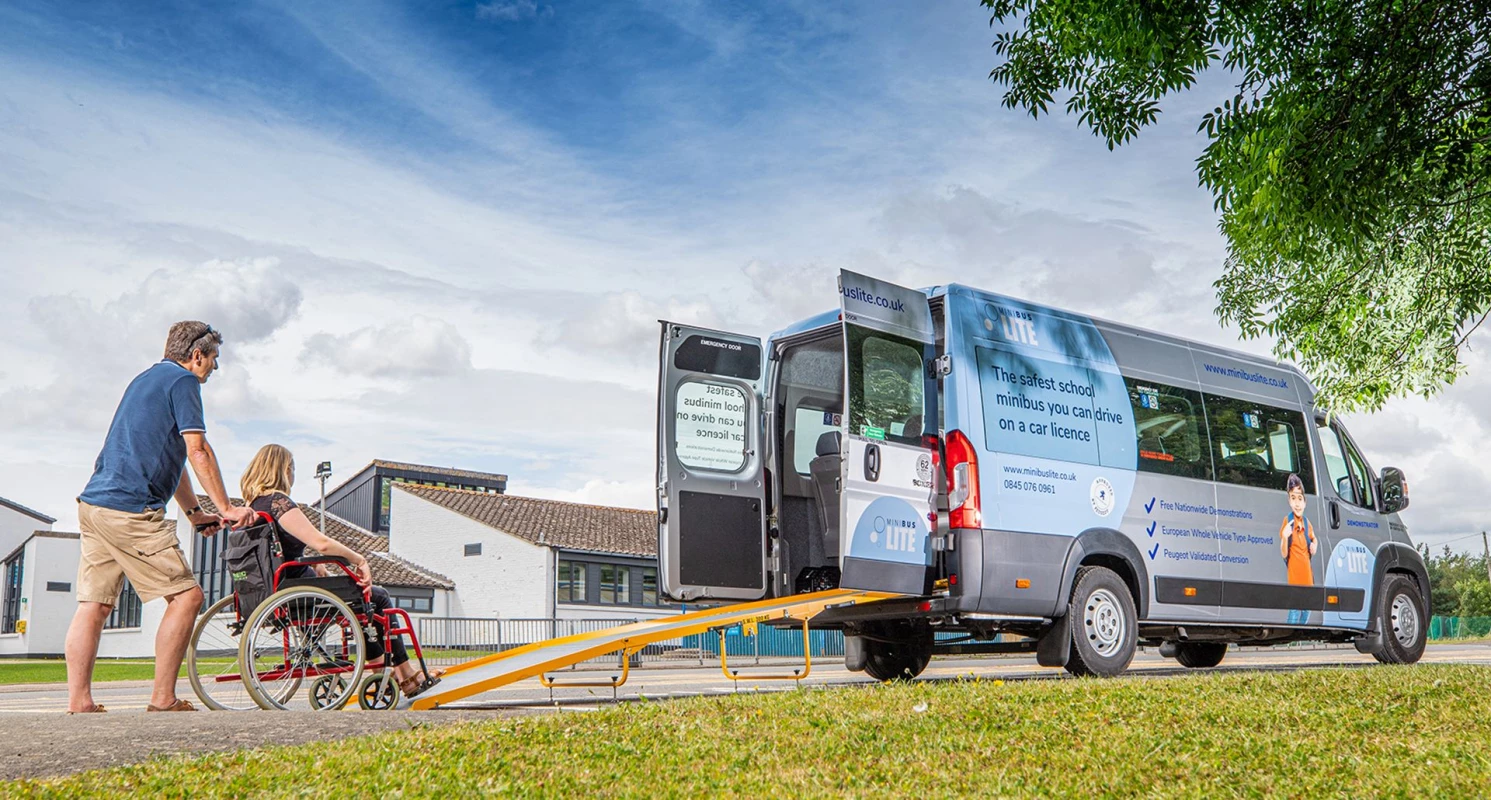
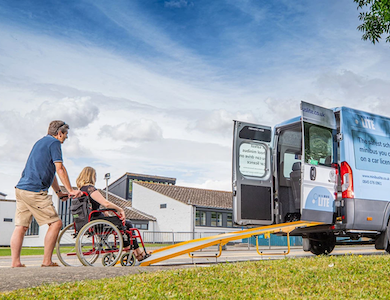
Useful minibus information
Find out useful information, legal requirements, laws and more below.
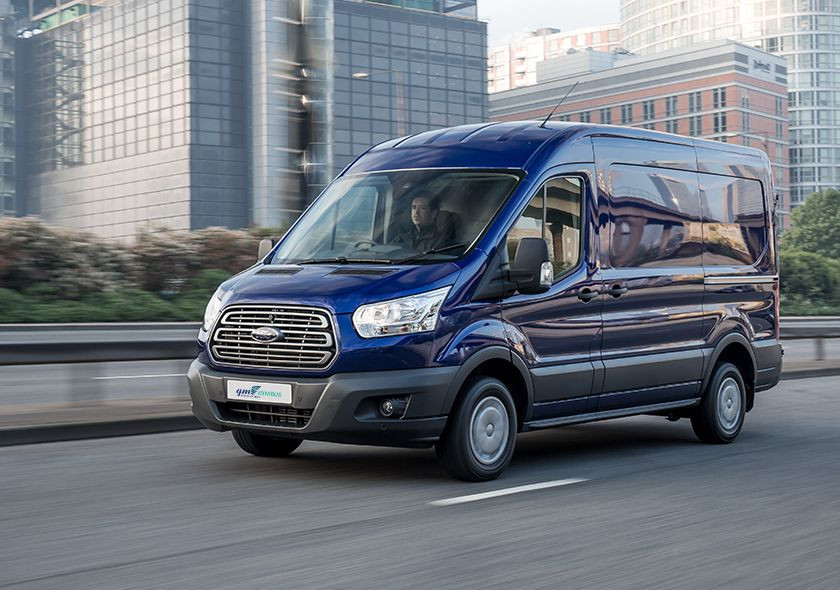
Can you legally drive a minibus?
Drivers who passed their car test (referred to as category B entitlement) before 1st January 1997 were automatically given D1 entitlement on their licence. This allows them to drive a minibus with 9 to 16 seats (17 seats to include the driver) assuming there’s no payment from or on behalf of the passengers eg. it’s not for ‘hire or reward’.
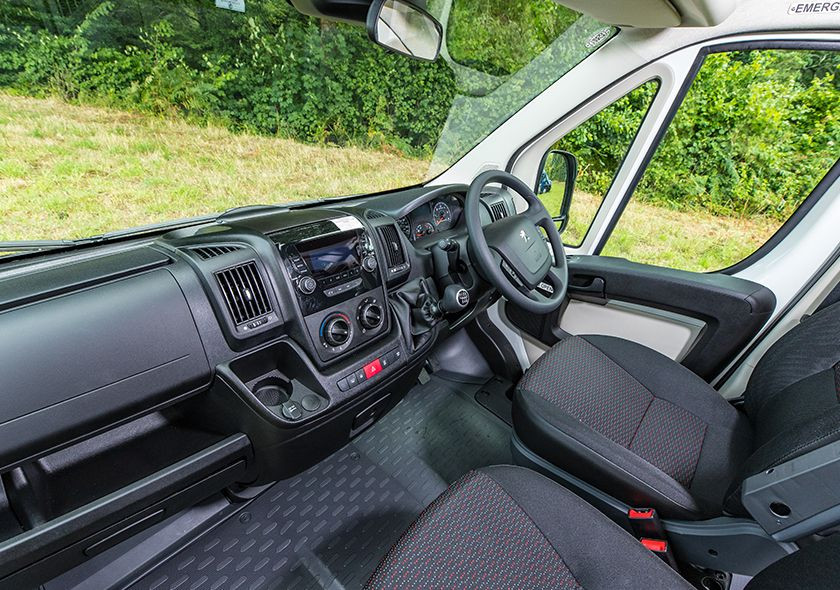
You may also drive a minibus with up to 16 passenger seats using your current car driving licence as long as the following conditions apply:
- You’re 21 or older
- You’ve had your driving licence for at least 2 years
- You meet the ‘Group 2’ medical standards if you’re over 70
- You’re driving on a voluntary basis and there’s no payment from or on behalf of the passengers
- The maximum weight of the minibus is not more than 3.5 tonnes – or 4.25 tonnes including specialist equipment for disabled passengers
- You’re not towing a trailer
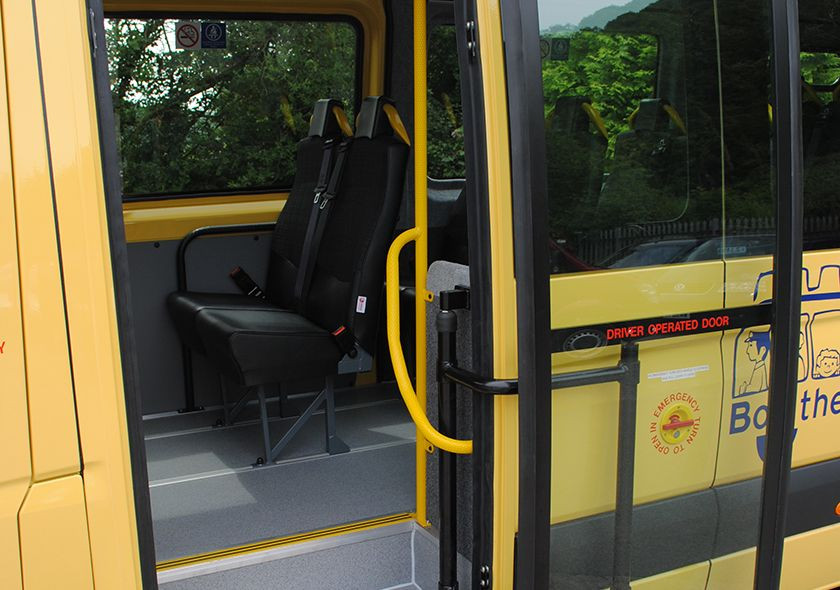
The following documents, published by the Dept of Transport, provide information regarding on Section 19 permits, which is important when owning a minibus.
- Section 19 Permits
- Section 19 Permit Application
- Driving School Minibuses
You can download all three by following the link below:

This page is dedicated to providing you with important and useful to know information about minibuses, ranging from features to permits, legalities and more.
If you have any questions or concerns in regards to owning your own minibus, then you can always contact our support team for further information. GM Minibus is always on hand to answer or resolve any queries and advise guidance when needed Simply contact us today and a member of our team will be happy to help.

What is the 6 hour rule?
A driver may NOT work (That means both driving and other work) for more than 6 hours at once without taking a break.
Before working beyond the 6 hours you must have taken a break of at least 15 minutes.
You can take this before or upon reaching 6 hours of work. So long as you do not work longer than 6 hours without separating it with a break.
If working between 6 and 9 hours then you are required to have taken at least 30 minutes of break in total before the end of your shift.
This can be taken all at once or in sections of 15 minutes, but just remember that you can never work more than 6 hours in one stretch.
This pattern continues if working beyond the 9 hours threshold whereby a further 15 minutes is required. Once again this 45 minutes can be taken all at once so long as you abide by the 6 hour rule.

To make following the 6 hour rule as simple as possible, please follow the following rules:
1) You must take a break of at least 15 minutes either within the first 6 hours of work or upon reaching 6 hours of working time in total.
2) If you are going to work longer than 6 hours you must take at least another 15 minutes (30 minutes in total) before your total working time exceeds 9 hours and before you complete your shift.
3) If you are going to work more than 9 hours then you must take at least another 15 minutes (45 minutes in total) before your total working time goes over 9 hours or before you complete your shift.
4) Never work more than 6 hours at once without taking a break.
Notes
*Any attempt to take a break which is less than 15 minutes will not qualify as a break.
*Break cannot be taken at the end of the shift, you must continue working for the break period to qualify.
